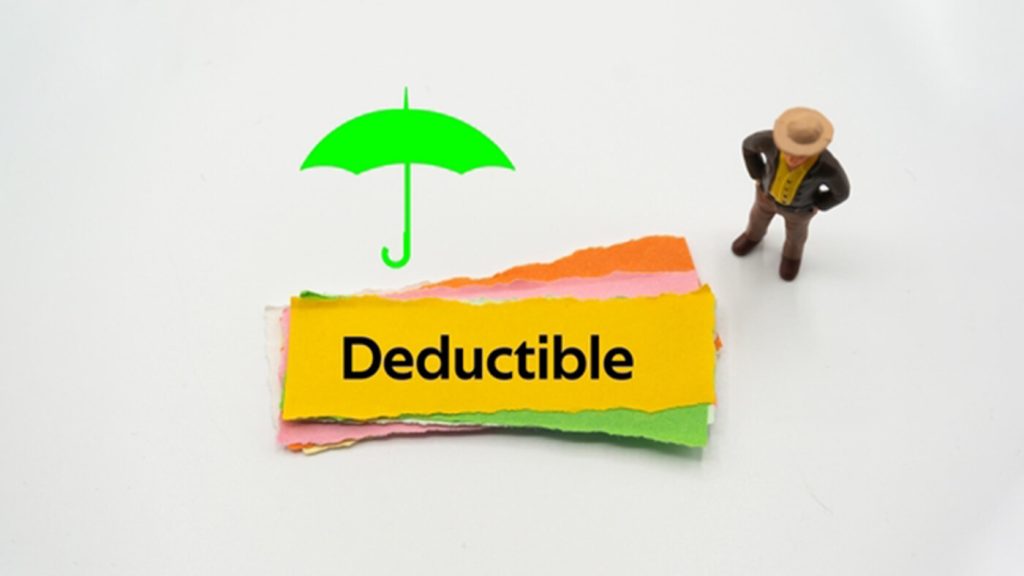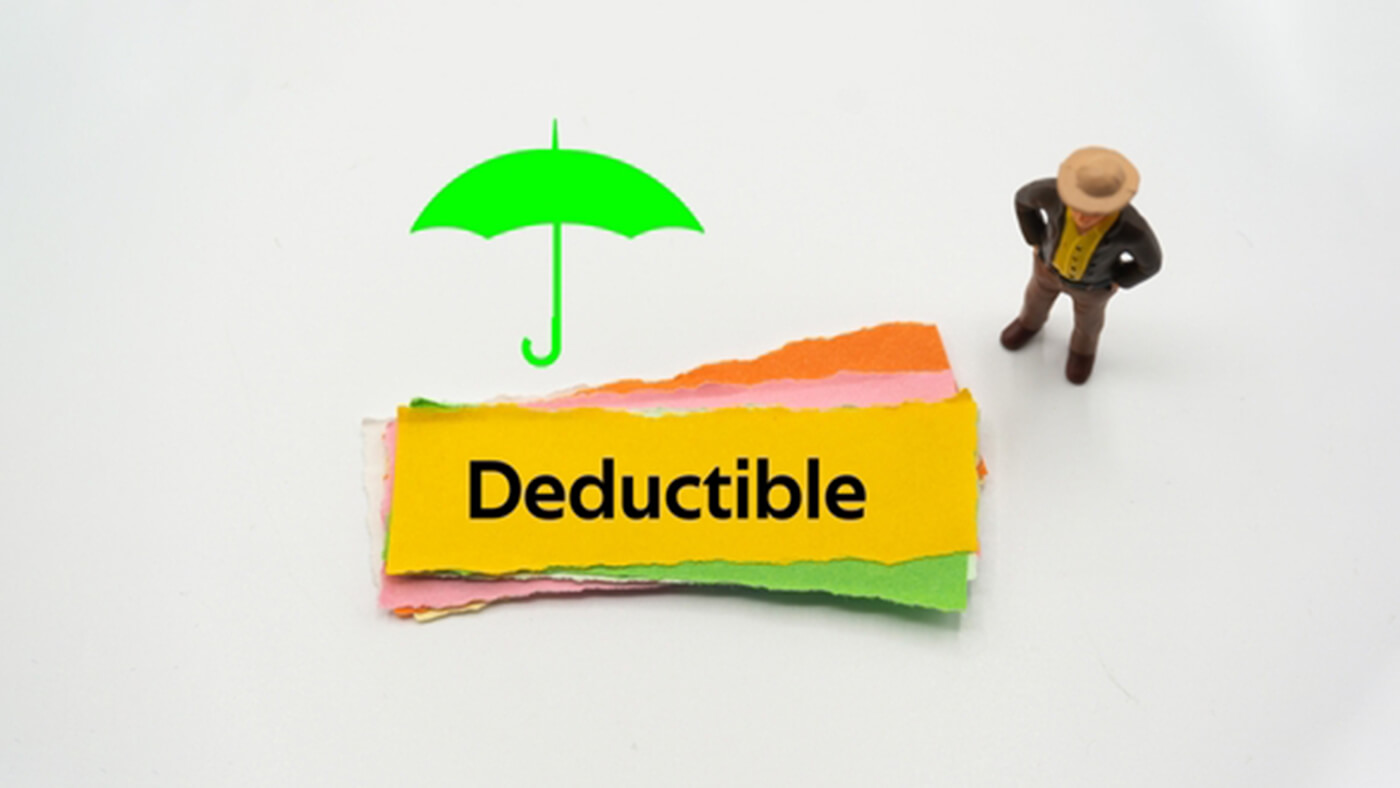Insurance deductibles are a crucial aspect of insurance policies that impact how much you pay out of pocket in the event of a claim. Understanding how deductibles work is essential for effectively managing your insurance coverage and budgeting for potential expenses. In this blog, we will explore the concept of insurance deductibles, how they function, and their implications for policyholders.
What is an Insurance Deductible?
An insurance deductible is the amount you must pay out of pocket before your insurance coverage starts to reimburse you for covered losses. It represents your share of the financial responsibility in a claim. Deductibles are designed to prevent policyholders from filing claims for minor or low-cost losses, encouraging them to assume some level of risk.
How Do Deductibles Work?
When you file an insurance claim, the deductible is subtracted from the total claim amount. For example, if you have a $1,000 deductible and incur $5,000 in covered damages, you are responsible for paying the first $1,000, and your insurance provider will cover the remaining $4,000. The deductible amount is typically fixed for each claim, but it may vary depending on the type of coverage and the insurance policy terms.
Types of Deductibles:
There are different types of deductibles that can vary depending on the insurance policy and coverage:
a. Specific Deductible: This is a set dollar amount that applies to each individual claim. For example, if you have a $500 specific deductible, it will be applied to each separate claim you file.
b. Annual Deductible: An annual deductible applies to specific types of insurance, such as health insurance. It is the total amount you need to pay out of pocket within a policy year before the insurance coverage kicks in for subsequent claims.
c. Percentage Deductible: Percentage deductibles are commonly used in homeowners insurance for certain perils, such as hurricane or earthquake coverage. The deductible is calculated as a percentage of the insured property’s value, typically ranging from 1% to 5%.
Deductibles and Premiums:
Insurance deductibles and premiums have an inverse relationship. A higher deductible typically leads to a lower premium, while a lower deductible often results in a higher premium. When you opt for a higher deductible, you are assuming a greater portion of the risk, which reduces the insurer’s potential liability and justifies a lower premium. Conversely, a lower deductible shifts more risk to the insurance company, resulting in a higher premium to cover their increased liability.
Factors to Consider When Choosing a Deductible:
When selecting an insurance policy, it’s important to consider several factors when choosing the deductible amount:
a. Financial Considerations: Assess your financial situation and determine how much you can afford to pay out of pocket in the event of a claim. Select a deductible that aligns with your budget and risk tolerance.
b. Risk Assessment: Evaluate the likelihood of filing a claim and the potential cost of a loss. If you have a history of few or no claims and can comfortably cover a higher deductible, opting for a higher amount may make financial sense.
c. Premium Savings: Consider the potential premium savings associated with a higher deductible. Calculate the difference in premiums between different deductible options and assess whether the savings justify the increased financial responsibility in the event of a claim.
d. Type of Coverage: Different types of insurance may have varying deductible structures. Consider the specific needs of the coverage and any requirements or recommendations from insurers.

Managing Deductibles and Claims:
To effectively manage deductibles and claims:
a. Know Your Deductible: Familiarize yourself with the deductible amount specified in your policy. Be aware of any separate deductibles for different coverage types within the policy.
b. Keep Emergency Funds: Maintain an emergency fund to cover the deductible amount in case of a claim. Having funds readily available will ensure you can meet the deductible requirement without financial strain.
c. Weigh the Claim Value: Evaluate the cost of repairs or losses against the deductible amount. For minor losses that are close to or below the deductible, it may be more cost-effective to handle the expenses without involving the insurance company.
d. File Claims When Appropriate: When the cost of a loss exceeds the deductible, it’s advisable to file a claim. Ensure you follow the proper claims process and provide all necessary documentation to support your claim.
e. Consider Deductible Waivers: Some insurance policies offer deductible waivers for specific circumstances, such as accidents involving an uninsured driver or certain types of natural disasters. Familiarize yourself with any deductible waiver provisions in your policy.
Understanding insurance deductibles is essential for effectively managing your insurance coverage. By comprehending how deductibles work, considering the type of deductible, assessing your financial capabilities, and evaluating the potential premium savings, you can make informed decisions regarding the deductible amount that aligns with your needs and risk tolerance. Remember to review your policy carefully, maintain emergency funds to cover deductibles, and file claims when appropriate. By navigating deductibles strategically, you can optimize your insurance coverage and minimize financial burdens in the event of a claim.


















